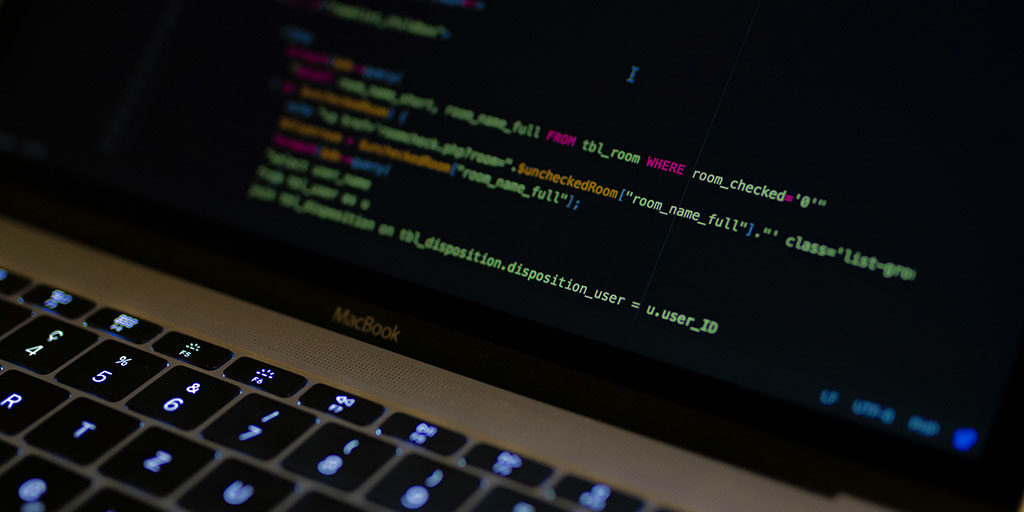10 Use Cases to Help Your Organization Benefit from Big Data

Siddharth Pareek

Big Data is one of those technologies that has evolved quite quickly, and new applications are explored every day. When we read “big data”, we imagine a vast database full of information. How could such a database help someone? How could it help your business grow?
Well, a significant part of Big Data is, indeed, a vast database full of data. However, its benefits do not come from just storing all that data, but from using it. So how can you use Big data to your advantage? It’s actually not as difficult as you probably imagine. We’ll explain this in detail below.
Table of Contents
What is Big Data?
Gartner, one of the leading companies in Big Data research, defines Big Data as:
“High-volume, high-velocity and/or high-variety information assets that demand cost-effective, innovative forms of information processing that enable enhanced insight, decision making, and process automation.”
Volume, Velocity, and Variety constitute the Three V’s of Big Data. They signify that, unlike traditional data gathering methods, Big Data means gathering huge volumes of data of various types at a higher than normal velocity. Due to these differences, traditional data analysis methods cannot be used to analyze all the data gathered, requiring innovative methods.
On the other hand, the same specificities are what make it so valuable today, because, as Gartner put it, it enables “enhanced insight, decision making, and process automation.” It can help optimize processes, discover bottlenecks, solve problems, among many other obstacles that can prevent your business from growing as fast as other businesses and startups.
Some other characteristics of the data may be analyzed, depending on its application, such as Veracity (data quality), Exhaustivity (how much of the data available is captured), Value (amount of utility that can be extracted), Scalability, Variability, among others.
Imagine a factory: It produces only a single part of a machine. It goes through many processes, has to be hauled around and then shipped out to another factory to be assembled with other parts. In this case, you’ll want to gather data on: time each piece spends on each machine, hauling times, people involved in each step, the time it takes to ship a batch out, time it takes to load the raw materials, among other data.
Big Data Use in Business
Although it is an emerging technology and approach to data gathering and analysis, research on it, and applications based on the concept are numerous and in-depth. Below is a selection of use cases where it has proven to be effective in solving business problems and increasing efficiency, such as:
Product Development
Using data from product use, along with social media data and other sources, in order to predict consumer demand and use it to design and develop new and improved products.
Predictive Maintenance
Analyze IoT data on equipment wear and failure, including temperature and humidity oscillation, frequency of use, employees using it, among other possible data, in order to predict failure time and provide maintenance beforehand, guaranteeing continuous production and wasting less money in the process.
Customer Experience
Using the customers’ data, gathered from multiple sources such as the service desk, website, and CRM, in order to discover what they like and dislike, and provide a customized experience for each one.
Fraud Management
Preventing or solving fraud by using data gathered to define usual and unusual behavior. It can also be used to improve compliance processes and optimize the organization’s internal bureaucracy.
Machine Learning
Machine Learning thrives on data. It requires large amounts of data to discover and learn patterns. If the data is already available, it means it is much easier to put it to work on identifying such patterns inside newly gathered data.
Operational Efficiency
The use case presented as an example in the previous section. It consists of using data gathered to improve the efficiency of processes, such as production processes, as well as improving decision-making.
People Management
Using data gathered from your employees’ behavior in order to find out how best to apply them to different projects and positions, as well as figuring out with whom they work best and which set of skills compliment theirs.
Dynamic Pricing
Probably the most controversial application of Big Data, but one of the most common ones. It consists of dynamically setting different prices to different customers, based on data gathered on them, to set a price that would get the most value from their purchase as well as encourage them to purchase.
Targeted Advertising
If you manage a Facebook page, you may have dealt with this. Facebook has a lot of data on the users of the social network, both data the users themselves entered as well as inferred data from likes and behavior. When you use paid advertising, Facebook uses this data, along with your input, to define to whom they are going to show your ad. Of course this is not limited to Facebook: LinkedIn, Twitter, Instagram, and Google Ads use targeted advertising to ensure your money is well spent.
Weather Prediction
Making predictions using data gathered from both traditional weather stations and atmospheric sensors present in people’s smartphones or IoT devices.
Identifying Big Data Use Cases for Your Business
If you seek to apply Big Data in your organization, you first have to figure out what you want to use it for. It can be as large of an investment as you want it to be, as it may mean investing in cloud computing, cloud storage, installing IoT sensors, and gathering, transmitting and analyzing data at all times, as well as possibly hiring additional personnel to provide maintenance and infrastructure (such as IT teams), as well as experts to do the analysis itself (data analysts).
The first thing you have to do is state what you want to do, in the simplest, plainest way possible. After that, you should check the use cases above to see which one it fits the most, or which one(s) could be used to deal with the problem.
If your issue if figuring out what product to develop next, that is a matter of following the “Product Development” use case and gather data on your customers (feedback, usage, maintenance patterns), as well as market data.
Let’s go back to our factory example: some of the possible use cases include Predictive Maintenance in order to keep the machines running smoothly and production be continuous; Operational Efficiency, to increase production efficiency and reduce costs; and maybe even People Management, in order to also increase Operational Efficiency.
Challenges in Big Data
Big Data relies on many technologies in order to work properly, such as:
- Digital Storage: you need substantial storage in order to store all the data you gather. Technology is constantly evolving, meaning cloud storage is getting increasingly cheaper. We are talking terabytes, even petabytes of data.
- Processing Power: handling so much data requires some state-of-the-art processors and a lot of RAM, otherwise it may take too much time. Cloud computing helps a lot, by “outsourcing” the processing entirely or in parts and making it easily scalable;
- Employees: being a new technology, not a lot of people know how to deal with it properly. You will find that the wages may be rather high for attracting new employees, so maybe upskilling your existing workforce is your best option;
- Curation: not all data is useful. Part of the analysis effort is figuring out what is relevant and what isn’t, and what reflects the truth and what doesn’t. Data obtained from uncalibrated sensors, for example, do not reflect the truth, and should be discarded.
Of course, these are the current challenges of Big Data. As technologies evolve, they will be more and more restricted to companies that have to push Big Data limits, where smaller organizations will most likely find solutions to mitigate these issues.
For the factory example, the more you want to optimize it, the more data you need. And the data will be gathered continuously. You’re going to need a team of trained professionals and a substantial amount of storage and processing power.
Big Data Opportunities
Many companies already use Big Data, for many different applications, and are reaping its benefits.
- Shell: the Dutch oil company uses Big Data to discover and analyze new sites for drilling. Numerous sensors monitor low-frequency seismic activity and use AWS to store the data and compare it to data gathered from regions close to oil deposits, in order to figure out where unexplored deposits might be. They also use the technology in combination with IoT for predictive maintenance;
- Gojek: the Indonesian unicorn that mixes ridesharing and delivery services (specifically for the ojek motorbikes, which are common in Indonesia) uses anonymized data gathered from their services in order to determine what to optimize and what to prioritize, such as finding out which regions have high demand, but low supply, both of ojeks and merchants;
- University of South Florida: USF is using grade data and graduation statistics of students in order to determine which ones are least likely to graduate and how to help those students as early as possible, identifying which classes are the most important and how to supplement students that are failing them;
- Streaming Services: Spotify, Amazon Prime, and Netflix use Big Data to enhance customer experience and predict demand, keeping up with technologies and aiming to provide better services and content. The data includes what they consume, with what frequency, personal data (gender, age), among many others;
- Amazon: all of Amazon uses Big Data to enhance customer experience, as well as to improve suggestions based on what the customer purchases, both in retail and Kindle Unlimited;
- Starbucks: the US coffee giant uses Big Data to identify new locations to open their stores, such as to maximize returns and not interfere with their other stores;
In our factory example, the result could be not only reducing time and costs to produce the same part, but also allow you to expand production, producing other parts for other companies with the same efficiency.
Final Words
Big Data is extremely versatile, and how you use it depends solely on what data is available and how creatively you can use it. And the more creative you get with it, the easier it is to get ahead of the competition, by providing better services, products, and consumer experience. Need a good place to start? How about our Big Data Foundation course?
Ready to Take Our Big Data Quiz?
Courses to help you get
results with Big Data
Sorry, we couldn't find any posts. Please try a different search.

About the Author
Senior Consultant with over 14 years of IT experience in delivery, consulting, and management (project & programme).
Never miss an interesting article
Get our latest news, tutorials, guides, tips & deals delivered to your inbox.
Keep learning



